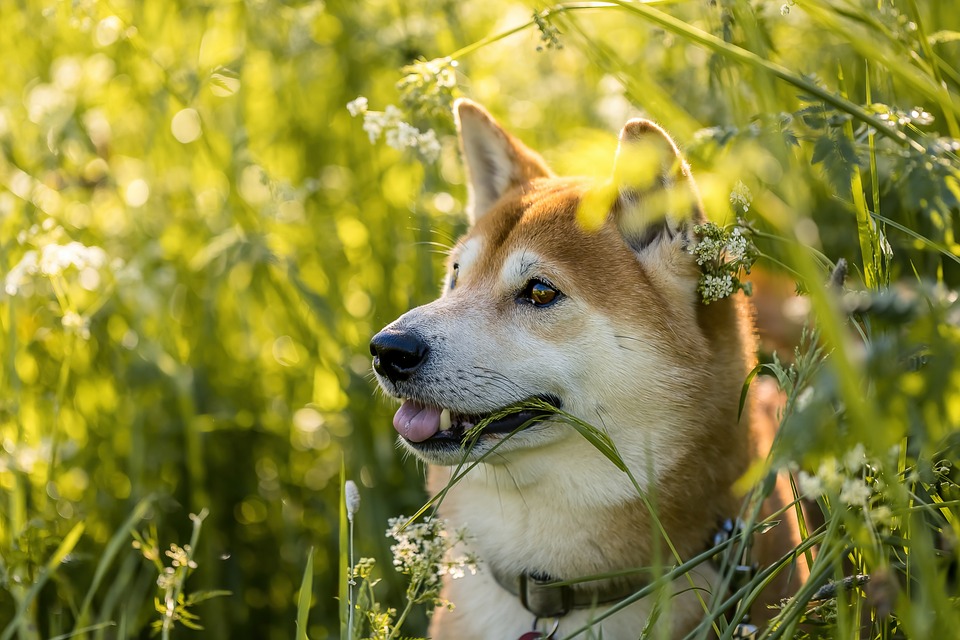Introduction
Training dogs to use a designated potty area is an essential aspect of responsible pet ownership. By establishing a specific spot for your furry friend to relieve themselves, you can maintain cleanliness in your home and prevent accidents. In this article, we will provide you with expert tips and techniques to successfully train your dog to use a designated potty area. Additionally, we will address frequently asked questions to ensure a seamless training experience.
1. Selecting the Right Potty Area
Choosing the appropriate location for your dog’s designated potty area is crucial for effective training. Consider the following factors when selecting a spot:
– Accessibility: Opt for an easily accessible area that your dog can reach quickly.
– Privacy: Dogs appreciate privacy during their potty time, so choose a location away from high foot traffic areas.
– Safety: Ensure the area is safe and free from potential hazards, such as toxic plants or sharp objects.
– Drainage: If possible, select an area with good drainage to prevent puddles and unpleasant odors.
2. Establishing a Clear Routine
Consistency is key when it comes to training dogs to use a designated potty area. Establishing a clear routine helps them understand when and where they should go. Follow these steps to create a successful routine:
– Regular schedule: Take your dog to the designated potty area at consistent times throughout the day, such as after meals or upon waking up.
– Verbal cues: Use a specific command, such as “go potty,” to associate it with the action of elimination.
– Positive reinforcement: Praise and reward your dog with treats or verbal affirmation immediately after they use the designated potty area correctly.
3. leash Training for Potty Time
Incorporating leash training during potty time can be highly beneficial, especially for puppies or dogs still in the training phase. Follow these guidelines for effective leash training:
– Leash introduction: Introduce your dog to the leash gradually, allowing them to sniff and explore it before attaching it to their collar.
– Controlled walks: Use the leash to guide your dog to the designated potty area. Avoid distractions and keep the walk focused on the potty task.
– Keep it short: Initially, limit the time spent in the designated potty area to a few minutes. Gradually increase the duration as your dog becomes more comfortable.
4. Dealing with Accidents
Accidents may happen during the training process, but it’s crucial not to get discouraged. Here’s how to handle accidents effectively:
– Immediate response: If you catch your dog in the act of eliminating in the wrong area, firmly say “no” and take them to the designated potty area.
– Cleaning up: Thoroughly clean any accidents with an enzymatic cleaner to remove the scent completely. This prevents your dog from associating that spot with a potty area.
FAQs (Frequently Asked Questions)
Q1. How long does it typically take to train a dog to use a designated potty area?
The training duration varies depending on several factors, including the dog’s age, previous training, and consistency in implementing the training routine. Generally, it can take anywhere from a few weeks to a few months for a dog to fully grasp the concept.
Q2. My dog refuses to use the designated potty area. What should I do?
In such cases, reassess the location and accessibility of the designated potty area. Make sure it is easily accessible and free from any distractions or discomfort. Additionally, consult a professional dog trainer for personalized guidance.
Q3. Should I punish my dog if they have an accident?
Punishing your dog for accidents can be counterproductive and may create fear or anxiety. Instead, focus on positive reinforcement and reward your dog for using the designated potty area correctly.
Q4. Can I use pee pads or artificial grass as a designated potty area?
While pee pads or artificial grass can be convenient options, they might confuse your dog if they encounter different surfaces indoors and outdoors. If you plan to use them, gradually transition your dog from indoor pee pads to the outdoor designated potty area to avoid confusion.
Conclusion
Training your dog to use a designated potty area requires patience, consistency, and positive reinforcement. By following the steps outlined in this comprehensive guide, you can establish a successful routine and enjoy a clean and hygienic living environment for both you and your beloved four-legged companion. Remember, every dog is unique, so adapt the training methods to suit your dog’s personality and needs. Happy training!









